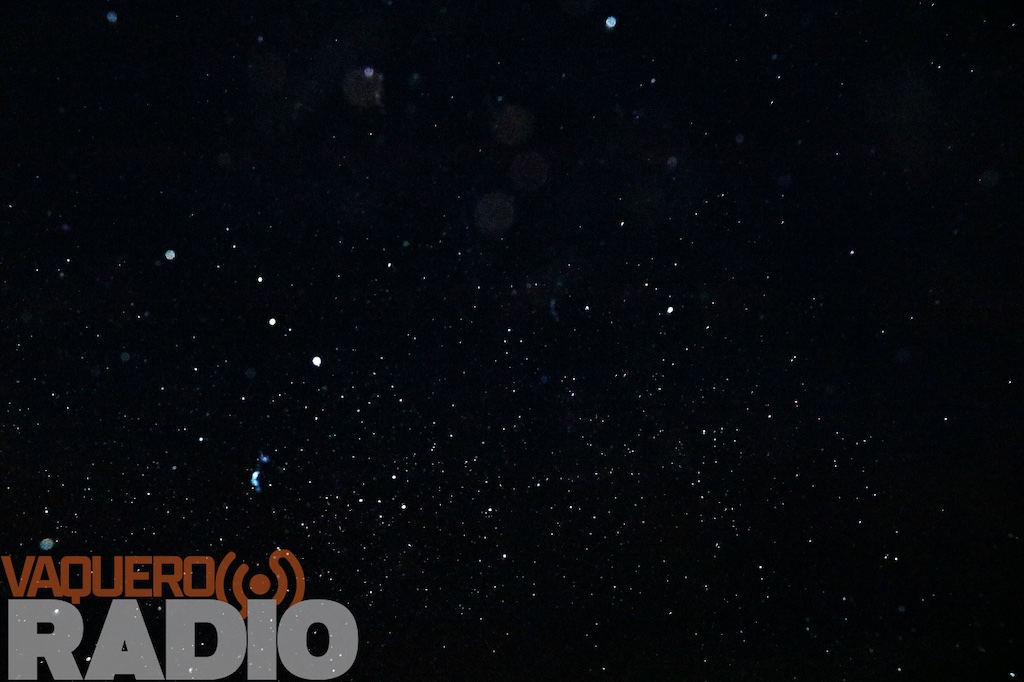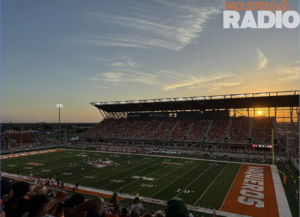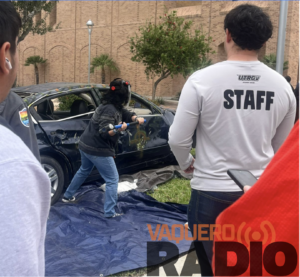

Winter in the Northern Hemisphere is universally seen as an opportune and bountiful time for stargazing. There are a high number of astronomical events happening in the upcoming months from the annually occurring to those happening once in a lifetime.
The first event of the year is the Quadrantids Meteor Shower. Associate Professor of Physics and Astronomy at UTRGV Nicolas Pereya said this annual event is the result of Earth colliding with the left over space debris of current and extinct comets.
“Several of these pebbles coming at the atmosphere is because they are the leftover materials from a comet,” said Pereya. “Once the comet’s gone, we will still have this trail of pebbles. When that trail of pebbles passes through Earth’s orbit, we will get meteor showers.”
Though the peak has passed, having occurred on Jan. 3 and 4, the meteor shower ran through until Jan. 16 with each night containing 10 meteors per hour.
The moon being at Apogee, being at the farthest point in its orbit from Earth resulting in a micro moon to the Pleiades, and the Orion, Taurus and Scorpio constellations starting to appear, are also occurrences happening at the same time as the end of the meteor shower.
The founder of Star Society Carol Lutsinger said the rare occurrence of two planets meeting, will come about on Jan. 22.
“There is a conjunction of Venus and Saturn on the 22. That’s a point where Venus and Saturn look like they meet. A conjunction is really fun to watch,” Lutsinger said. “And as the planets travel their path in the sky, they trace the arc of our orbital path.”
Another rare occurrence is the passing of a green comet by Earth. One of the only times in recent history that a comet has come this close to Earth, according to Victor De Los Santos, Executive Director of Star Society.
“A comet called Comet C/2022 E3 (ZTF), they don’t have very nice names for these. There is a comet on Feb. 2 that is going to peak. It will be about 26 million miles from Earth, which is astronomically very close. It’s also 100 million miles from the sun. On Feb. 2, if you look up toward Polaris, near the big dipper, we should have a comet you could see with our naked eyes,” De Los Santos said.
The Star Society is having an event on Jan. 22 to see the conjunction. For more information on astronomical events visit the Star Society website.



